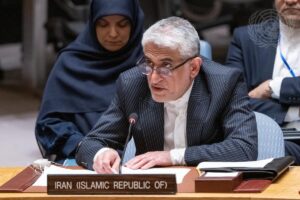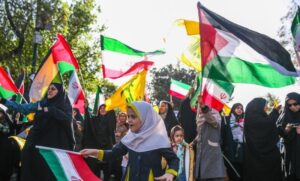Introduction
More than three years after its defeat, ISIS remains a serious threat that requires comprehension and thorough consideration. The attempted escape of ISIS-affiliated prisoners from Ghwiran prison in Hassakeh in January 2022 provided an opportunity to remember that the threat from ISIS remains grim and very real. It is not yet known how many prisoners are on the run, but the death toll has reached close to 500 fighters from ISIS and the Syria Democratic Forces (SDF). This is the largest human loss for the international coalition against ISIS and its local allies since the group was defeated in 2019 in its last stronghold of Baghuz in Deir Ezzor, Syria. Despite all the efforts of the international coalition against ISIS and the SDF, the number of ISIS fighters in Syria remains large, with at least 10,000 believed to be in Syria and Iraq combined, half of which are likely to be in Syria, more densely in its northeast than in the rest of the country. When you combine the roughly 90,000 former ISIS fighters to its prisons, women and children to camps across northeast Syria, the group’s largest concentration in the world is in Syria. This overlap between the ISIS problem and the Syria crisis underscores the depth of the issue.
After 11 years of war, Syria still finds itself at the focus of everything that is alarming and catastrophic in the news. The unstable military situation is a result of the ongoing military operations of Turkey, Iran, the Syrian government, and Israel, even though they are happening at a lower rate. The unstable security situation is a result of the police’s weak control outside cities and the weak borders with Iraq and Jordan. The humanitarian situation is deteriorating due to the inability of the majority of the population to meet their basic needs, even the most essential ones like water, medicine and bread. The economic situation is unspeakable, with the poverty rate reaching more than 80%, unemployment rates reaching more than 40% and the inflation rates increasing at a rate that is hard to follow given the sheer deterioration of the currency’s value. The state of governance is fragmented, authoritarian, and inefficient due to the four different government actors (the Syrian government/regime, the Autonomous Administration in Northeast Syria, the Interim Government in Northwest Syria, and the Salvation Government in Idlib) which do not coordinate with one another and all of which suffer from a lack of resources and competencies, as well as a deteriorating state of service delivery and security. Further to this is the protracted transitional political situation that allows the de facto powers to continue and, without a final political solution, prevents their selective or inclusive integration in power. Can all these crises realistically be resolved before the threat of the extremist group is eliminated?
Read the full paper with Impact Research here.



